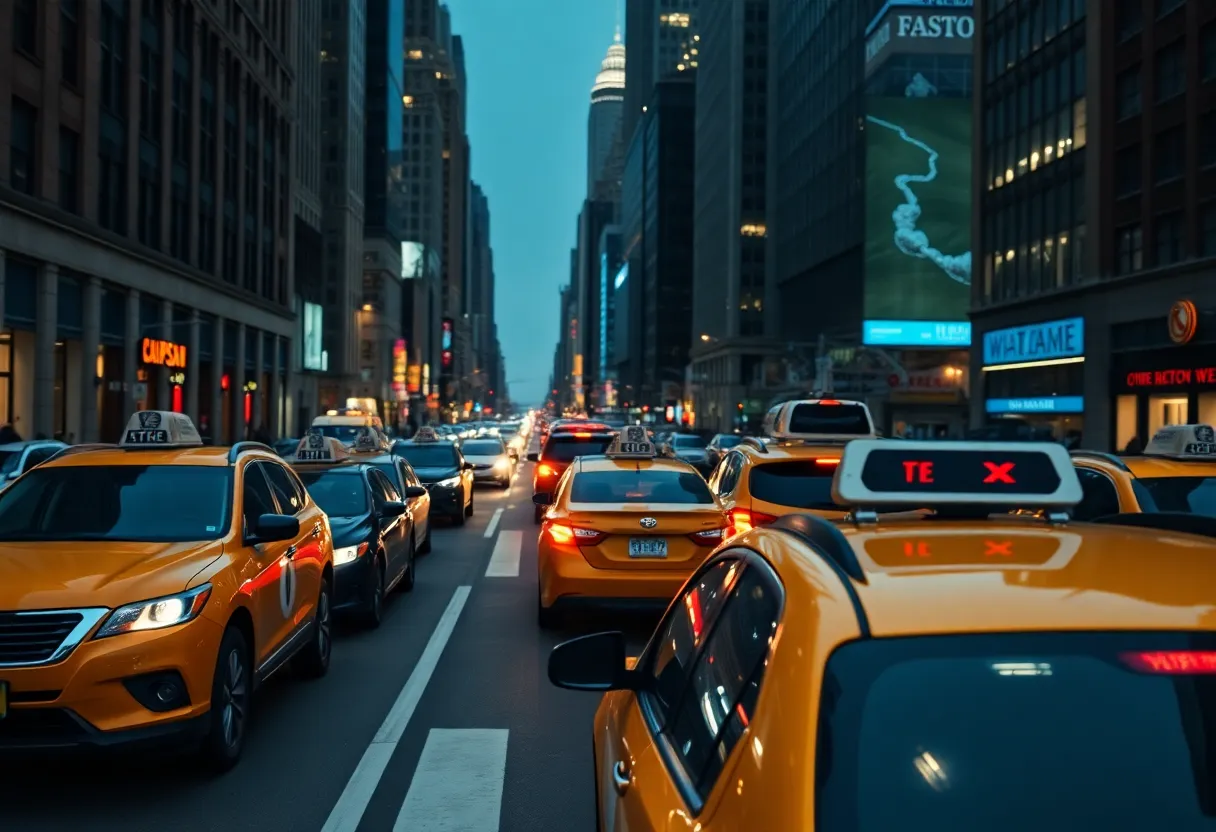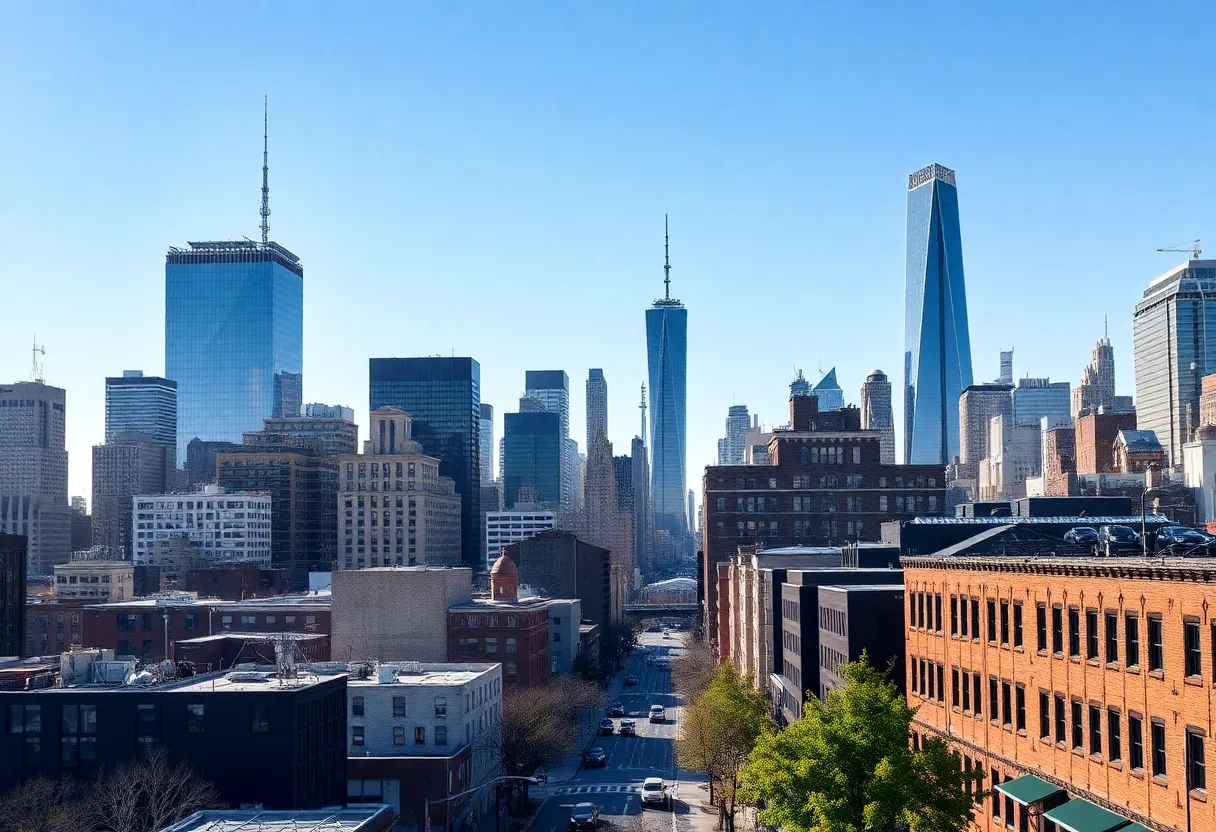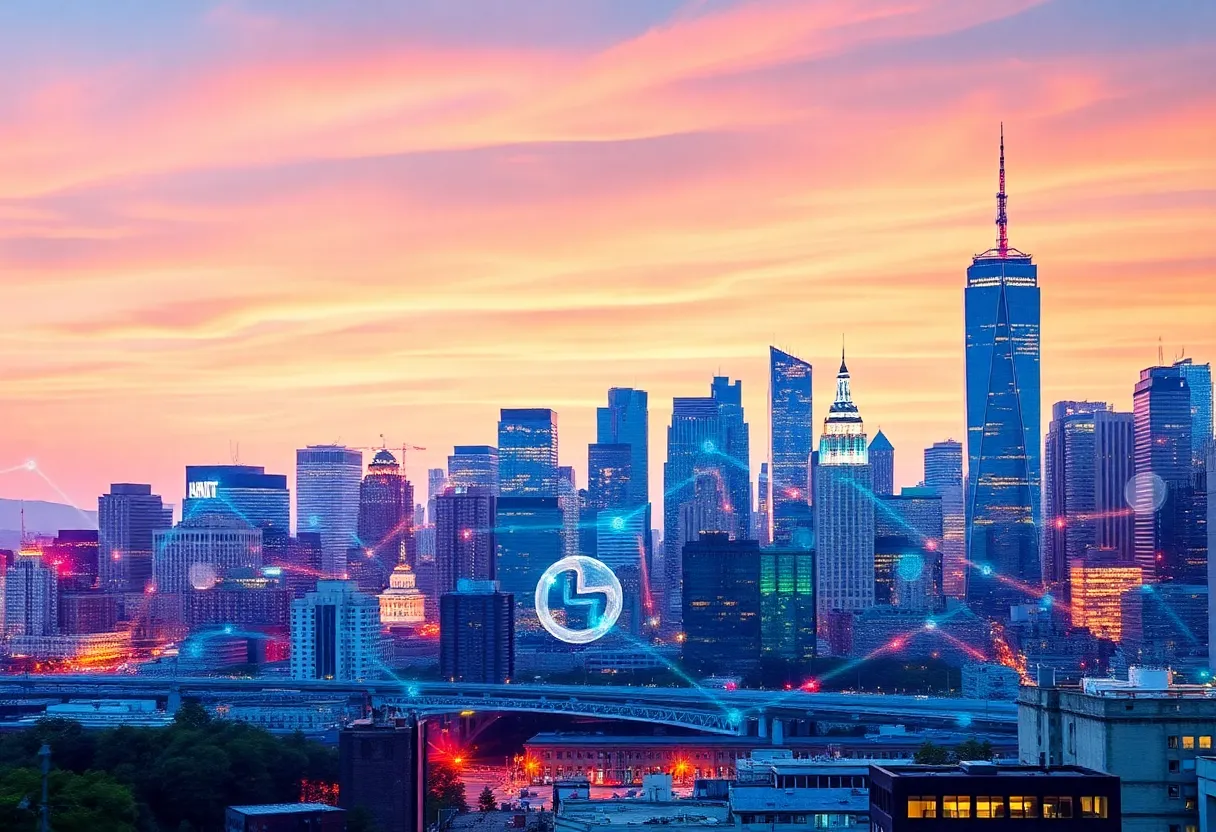News Summary
New York City’s congestion pricing program, which imposes a $9 toll on vehicles entering Manhattan, continues despite federal disapproval. Launched on January 5, 2025, to alleviate traffic and fund subway systems, it has led to an 11% traffic reduction and raised $48.6 million in its first month. Federal authorities are concerned about its impact on working-class citizens and threaten repercussions if changes are not made. Public sentiment is divided, with 42% in favor and 35% wanting the toll removed. Future projections could see significant revenue generated, aiding in transit improvements.
NYC’s $9 Congestion Toll Stays Put Despite Federal Backlash
New York City is buzzing with news about its congestion pricing program, which slaps a $9 toll on most cars trying to enter Manhattan’s bustling central business district. This initiative kicked off on January 5, 2025, in hopes of tackling the city’s notorious traffic woes while also raising some much-needed dough for the subway system.
A Little Background
Ever since it was launched, the congestion toll has been in effect weekdays from 5 a.m. to 9 p.m. and on weekends from 9 a.m. to 9 p.m. The idea is pretty straightforward: charge drivers to help curb traffic and use those funds to keep New York’s iconic subway running smoothly.
Numbers Speak Volumes
So, how’s it going? Well, it seems that the tide may be turning in NYC. Reports show a promising 11% decrease in traffic just in February compared to the previous year, and that’s a win if you ask many city dwellers. The MTA, the governing body for the subway and buses, even reported a whopping $48.6 million in toll revenue during the first month alone—way more than they expected!
Everyone’s Watching
However, this program has sparked quite the controversy in Washington, D.C., with federal authorities throwing a wrench into the mix. The U.S. Department of Transportation (USDOT) has been vocal about its disapproval and even gave New York a deadline of April 20 to think about rolling back the tolls. Their concerns center around the impact on working-class Americans and highway funding issues tied to this congestion pricing scheme.
Legal Battles and Tension
Things got a bit tricky when a federal judge ruled that the congestion pricing toll is, in fact, legal, which left federal attempts to shut it down in a complicated spot. This rubber band of legalities and deadlines has seen various twists, all stemming from past administrations pushing for alternative transportation funding solutions.
The Clock Is Ticking
Transportation Secretary Sean Duffy has made it clear that consequences could loom for New York if they don’t find a way to cancel these tolls by May 21. He hinted that the ongoing tolls might jeopardize the state’s federal funding and project approvals—all for transportation initiatives that could really make life easier for New Yorkers.
Public Opinion: A Mixed Bag
A Look to the Future
Looking ahead, if all goes according to the MTA’s projections, the congestion pricing initiative could generate up to $500 million by the end of the year. That cash influx would certainly be a boon for improving transit options, reducing pollution, and tackling the chronic congestion that has plagued New York City streets for decades.
What’s Next?
For now, the cameras capturing violators are staying put, and the toll is firmly in place. Whether the USDOT will continue to push against New York’s congestion pricing remains to be seen. However, New Yorkers are all ears as they await the next move in this ongoing saga of urban transit policy.
Deeper Dive: News & Info About This Topic
- The New York Times
- Bloomberg
- NBC News
- The Guardian
- CBS News
- Wikipedia: Congestion pricing
- Google Search: NYC congestion pricing
- Google Scholar: congestion pricing New York
- Encyclopedia Britannica: congestion pricing
- Google News: NYC congestion pricing








